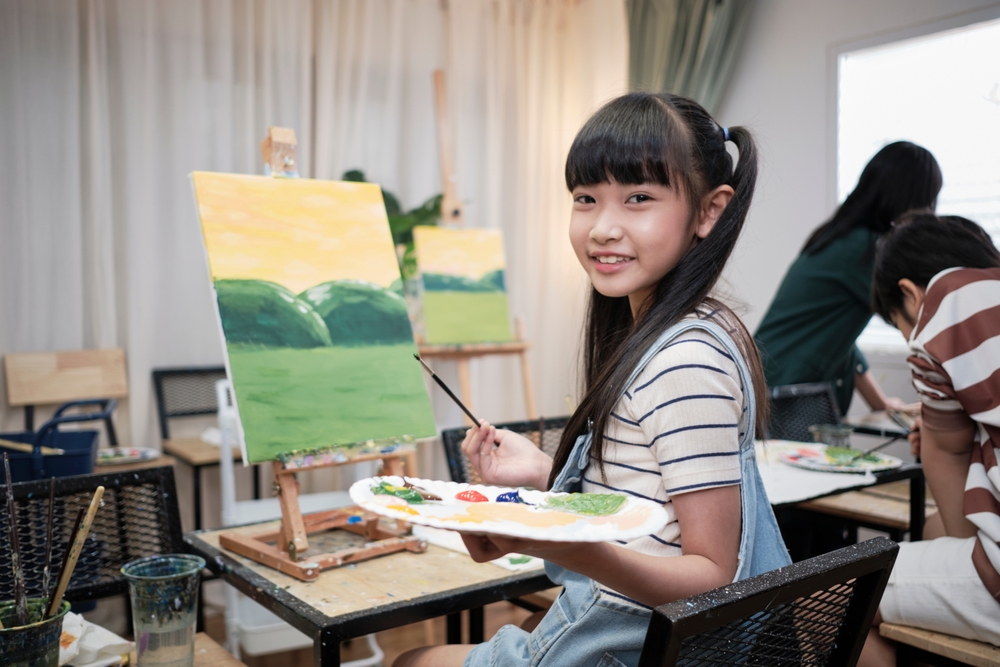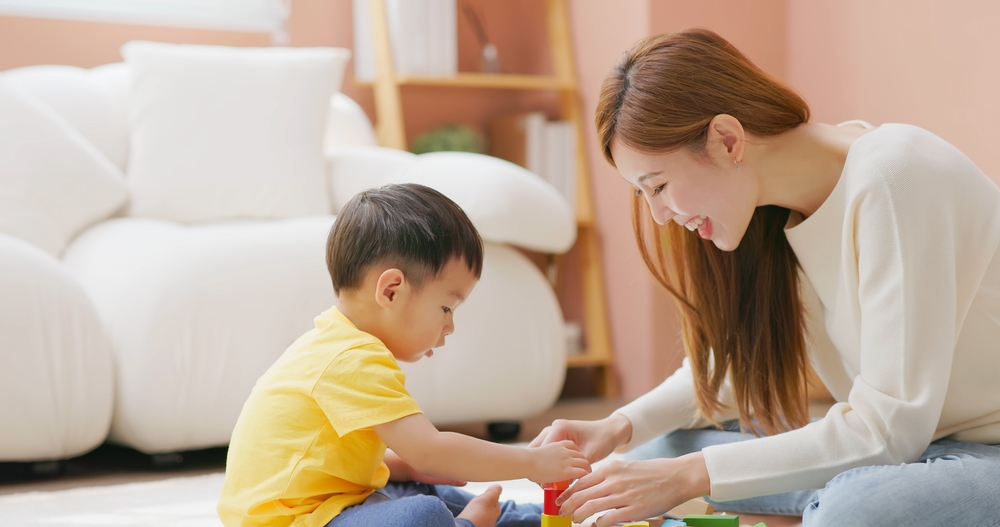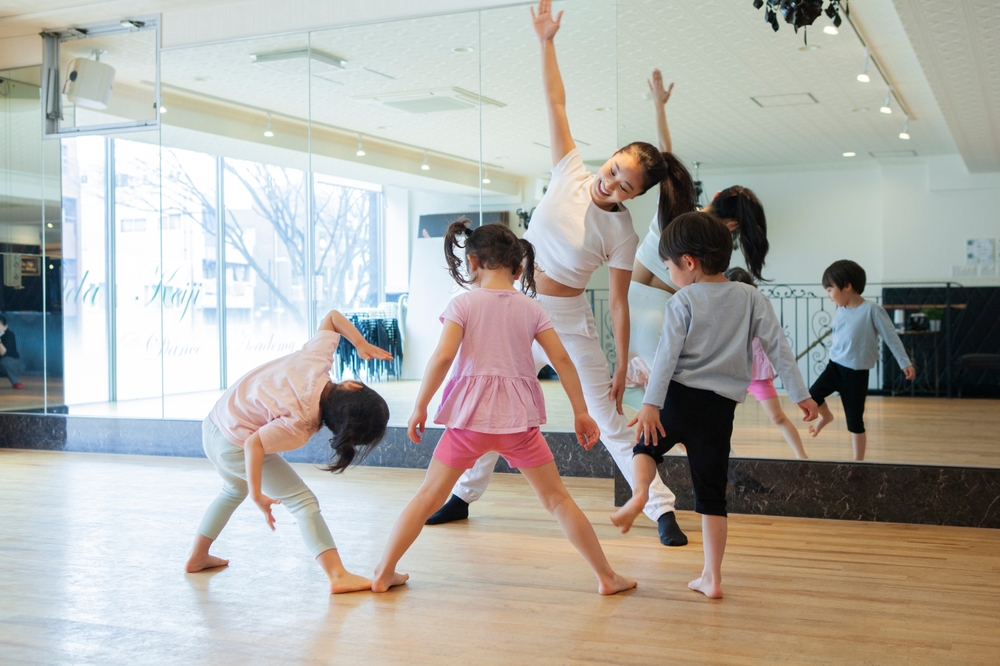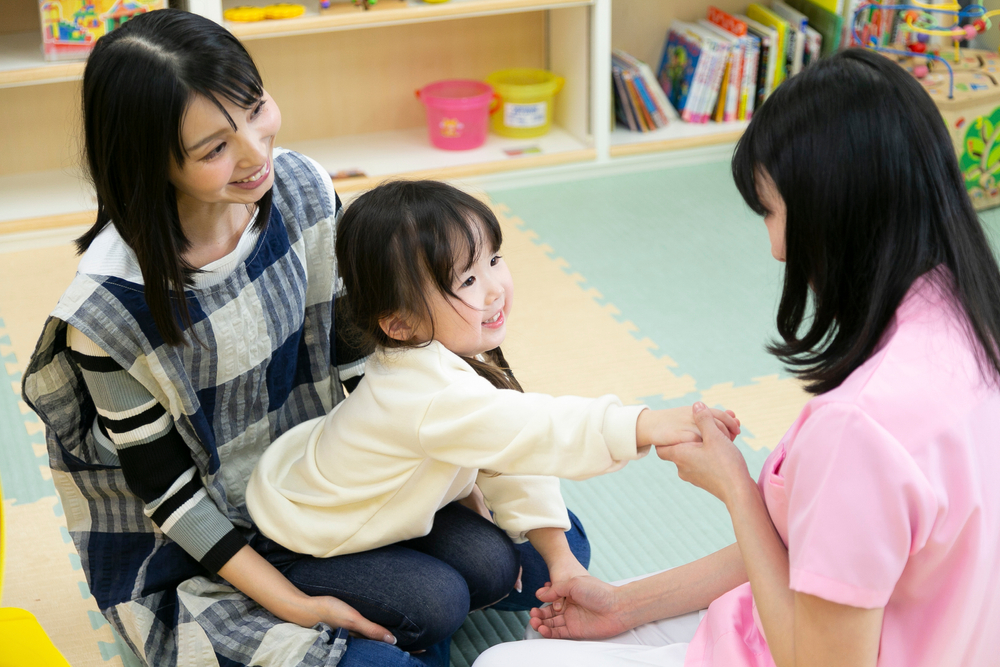“Why don’t you listen?” “Look at how well-behaved that child is.” Have you ever found these phrases familiar? The issue of children not listening is a common problem that many parents struggle to resolve. Some parents resort to scolding, which can worsen the parent-child relationship, while others choose to ignore the behavior, fearing their children will become worse as they grow up.
If you want your children to grow up healthy and happy while also being able to follow instructions, it’s actually not difficult—the key lies in the hands of the parents.
1. Avoid Bombarding with Demands
Put yourself in their shoes. Imagine that when you arrive at work, your boss immediately throws ten tasks at you. You would likely feel frustrated, unsure of where to start, and overwhelmed by the sheer volume of work. The same goes for children; receiving too many instructions at once can leave them feeling confused, and they may not have the ability to prioritize those tasks, leading them to simply “pretend not to hear.” Parents should wait for their children to complete one task before giving them another, rather than listing all demands at once.
2. Avoid Using Interrogative Phrasing
Some parents like to give instructions in the form of questions, such as “How about you clean up after eating?” For children, this is not an instruction but rather a question that they can choose to ignore. If parents want their children to clean up after meals, they should say directly, “You need to clean up after eating.”
3. Choose a Time When Everyone is Focused
When to give instructions is also an important aspect. Sometimes, when children are watching TV or using their phones, they may not hear your instructions at all; they might just respond with a reflexive “Oh” or “Okay,” and then forget completely. Parents can wait until after the children have finished watching TV, or directly ask them for a minute of their attention to ensure that they understand the request. Additionally, when making requests, parents should also put aside other tasks to model focused communication for their children.











